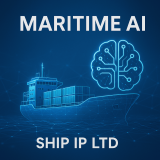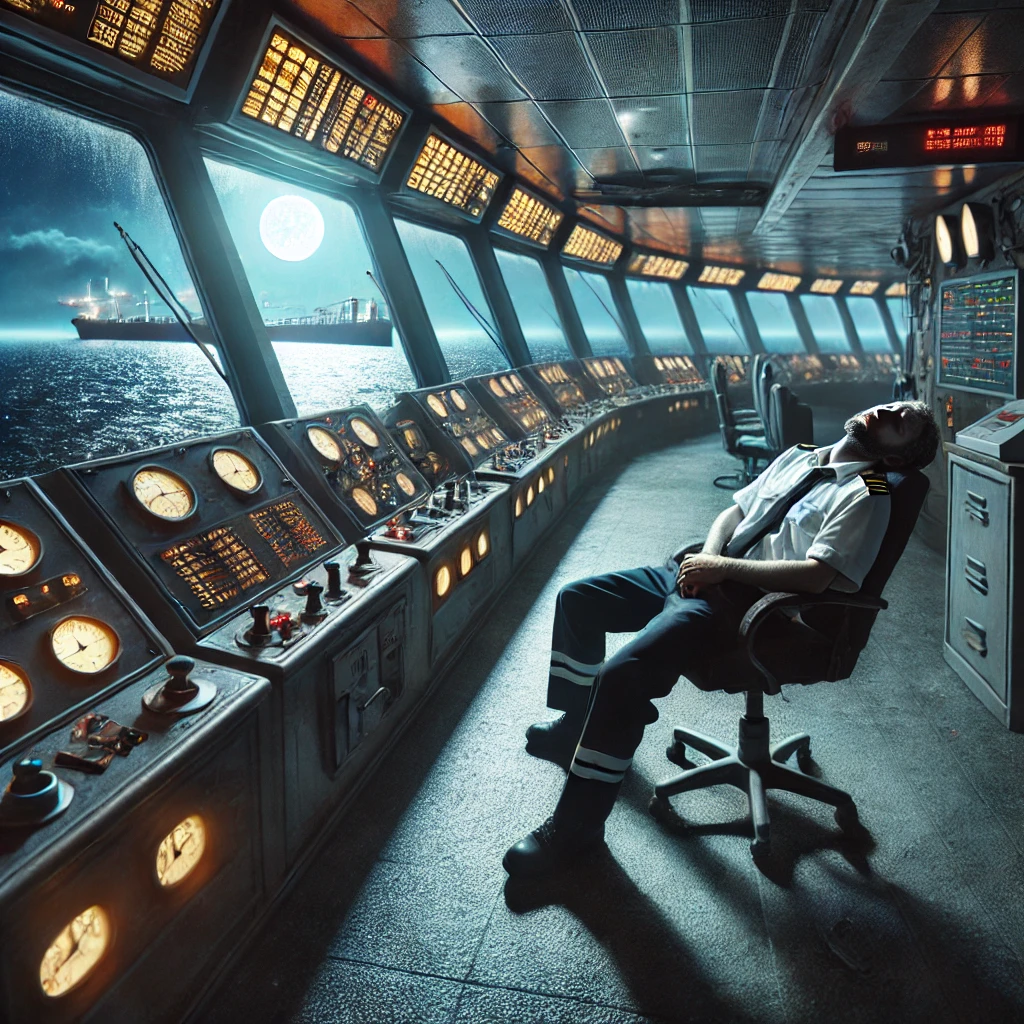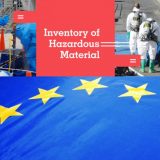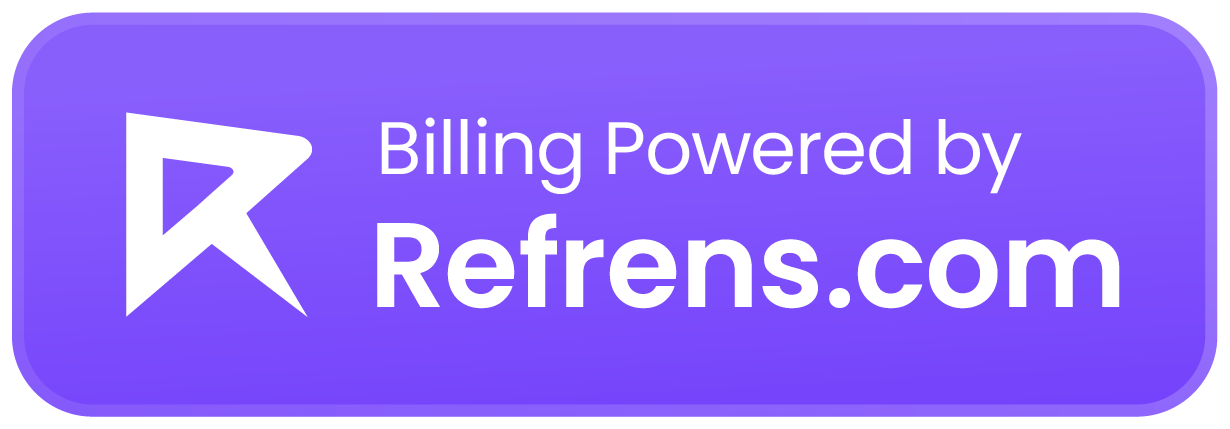The U.S. Merchant Marine Academy cadet formerly known only as “Midshipman X” has now revealed her identity. She is Hope Hicks and is one of two USMAA students who are filing related complaints against Maersk Line Limited in New York state court.
The complaints are being filed on the plaintiffs’ behalf by law firms Sanford Heisler Sharp and Maritime Legal Solutions. They allege that Maersk failed to adequately protect USMMA midshipmen from sexual assault and sexual harassment while working aboard Maersk ships as part of the USMMA’s Sea Year program.
Hope Hicks, whose complaint was filed yesterday, shook the maritime industry last year when, under the name “Midshipman X,” she publicly described her treatment while serving as an engine cadet aboard a Maersk Line ship, identified in yesterday’s filing as the Alliance Fairfax
SAME SHIP NAMED IN BOTH FILINGS
The second complaint is being filed on behalf of another USMMA student under the name of “Midshipman-Y.” She simultaneously filed a motion under a New York law that provides parties with the right to proceed anonymously where special circumstances concerning the plaintiff’s privacy and the nature of the proceedings outweigh the presumption of openness in court proceedings.
According to the complaint, that will be filed once the motion for anonymity is granted, Midshipman-Y was so severely sexually harassed aboard a Maersk ship (again identified as the Alliance Fairfax), during her Sea Year that she slept clutching a knife for protection.
Sanford Heisler Sharp notes that the USMMA Sea Year Program requires, as a precondition to graduation, that students work on commercial ships for months at a time to gain practical shipboard experience. Maersk and other commercial shipping companies contract with the federal government and receive subsidies in exchange for, among other things, employing students from the USMMA during their Sea Year.
Hicks’ complaint alleges she was the only woman aboard her assigned Maersk vessel during her Sea Year in 2019 and that, while on board, she was raped by one of the ship’s top-ranking officers, a man more than 40 years her senior. According to the complaint, when Hicks confronted the officer, she was told no one would believe her if she made a report. According to the complaint, Hicks suffers from severe and ongoing emotional distress as a result of the traumatic events she experienced on the Maersk vessel.
Midshipman-Y’s complaint alleges that she experienced extreme sexual harassment, unwanted touching and discrimination while on board the same Maersk vessel two years later. According to the complaint, Midshipman-Y was severely sexually harassed by a crewmember who was known to other Maersk officers and crewmembers as being violent. Although crewmembers and officers were allegedly aware of the harassment, no one intervened or reported the misconduct. The complaint further alleges that Midshipman-Y was treated less favorably than male crewmembers on account of her gender.
“Driven to desperation, at the first opportunity, Midshipman-Y begged USMMA representatives to get her off the ship prior to the completion of her required sea time,” says Sanford Heisler Sharp. “As a result of the traumatic experience, Midshipman-Y had to take an academic setback and is unsure if she will ever be emotionally capable of completing the USMMA.”
According to both complaints, Maersk was aware of the prevalence of sexual assault and harassment on its ships. Specifically, U.S. Transportation Secretary Anthony Foxx suspended the Sea Year program in 2016 amid allegations of rampant sexual assaults and harassment of cadets during Sea Year voyages. Once reinstated, regulations required Maersk and other shipping companies participating in the Sea Year program to enact and enforce procedures to protect against sexual assault and harassment of USMMA midshipmen aboard their vessels.
“FORSEEABLE AND PREVENTABLE”
“What happened to Hope and Midshipman-Y was both foreseeable and preventable by Maersk,” said Steven J. Kelly, partner at Sanford Heisler Sharp and counsel for plaintiffs. “Maersk acknowledged that it owes a special duty of care to USMMA cadets, yet even after the Sea Year program was reinstated in 2017, Maersk failed to implement and enforce adequate policies and procedures to protect these young women.”
The complaint alleges that even after the 2016 temporary suspension of the Sea Year program, Maersk was complacent about its sexual assault and harassment prevention duties. According to the complaint, Maersk’s indifference to its duties was evident when one of Hicks’ Maersk supervisors tasked her with logging onto a computer and completing the required sexual assault and harassment training on behalf of a number of other crew members. Following the publication of Midshipman-X’s story, Transportation Secretary Pete Buttigieg again suspended the Sea Year program in November 2021.
“Speaking up against a powerful corporation is intimidating, which is why, up to this point, Hope has declined to reveal her identity, opting instead to go by the moniker Midshipman-X,” said Christine Dunn, partner at Sanford Heisler Sharp and counsel for plaintiffs. “But, today, Hope is publicly identifying herself in an effort to seek justice for the sexual assault and harassment that she, and others – like Midshipman-Y, endured aboard Maersk vessels.”
Ryan Melogy, Founder of Maritime Legal Solutions and co-counsel for plaintiffs, who is himself a USMMA graduate, noted that “For years there have been reports of widespread sexual assault and harassment in the maritime industry, yet nothing has changed. Now real change may finally be on the way thanks to the bravery of survivors like Hope and Midshipman-Y. These courageous young women are standing up, speaking out, and saying “this has got to stop!”





